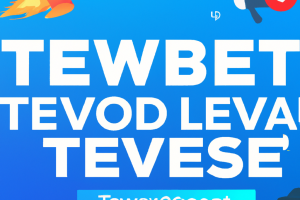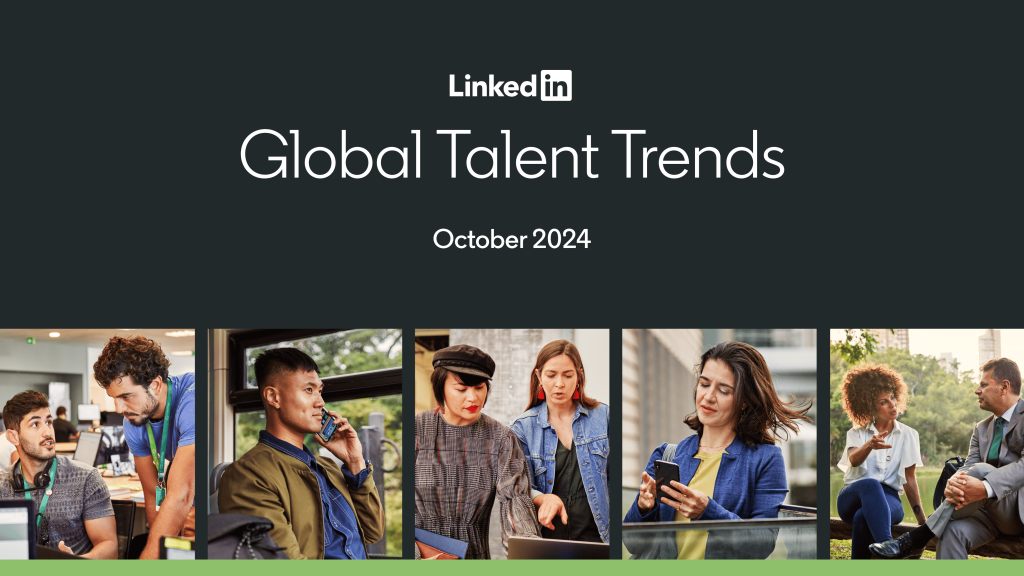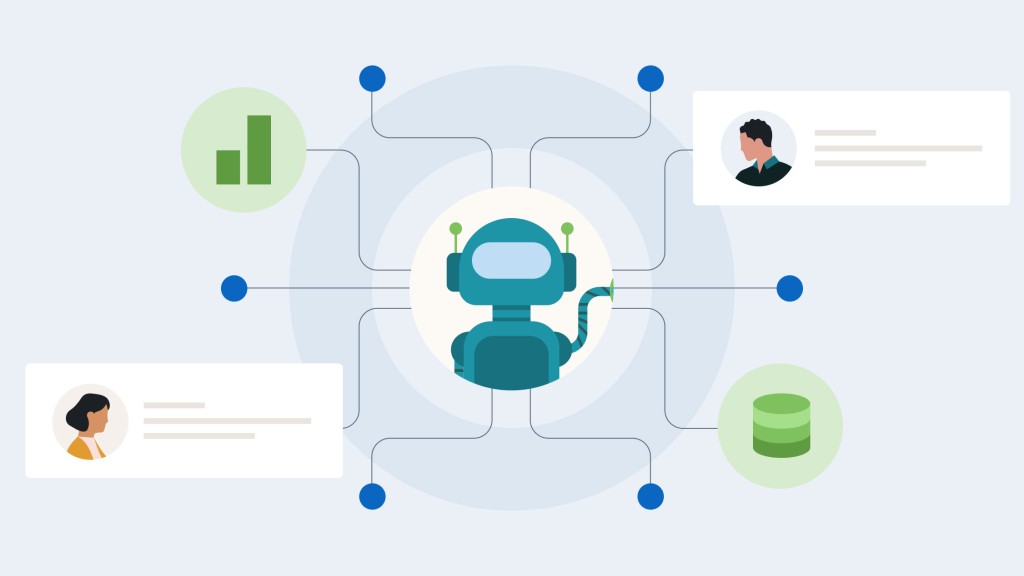Picture this: For months, you’ve been working hard on the strategy for a new learning program. Maybe you’ve even done a full analysis on performance gaps and gathered data to illuminate the most effective direction. You know that the strategy aligns to larger corporate goals and now it’s time to present your findings and strategy to the key stakeholders for their sign-off.
Finding a time to meet was difficult due to the schedules of those involved and you needed to schedule several weeks out. But today is the day! You’re a bit nervous. There are several influential people in the virtual room. You are confident your strategy is solid, but you need their blessing and backing to move forward.
You run through your presentation. The stakeholders ask some good questions, and you are prepared to answer. The presentation ends and they say, “Thanks. Great work on this.” Then the meeting ends. Virtual windows close.
Now what?
Did you get their blessing? Are they willing to provide you with the resources you need to continue? Do they even want you to continue?
Stakeholders need a clear, direct ask
You run through all the comments and questions made by the stakeholders in your head, trying to interpret whether they are akin to a commitment. Getting them together in another meeting would be next to impossible and frowned upon. You had your shot.
The problem wasn’t in the presentation, the process you used to get there, or your ideas. The problem was that you never made a direct ask. So, the stakeholders never made a direct commitment. The meeting ended exactly as you designed it to end.
Don’t leave next steps up to interpretation
I’ve been there.
I’ve designed a great presentation, wrote a clear project plan, and communicated all my ideas thoroughly in an email, but didn’t get the response I needed. Because I never directly asked for it. Instead, I left the next steps up to interpretation.
I needed to remind myself that people aren’t mind readers. They don’t instinctively know what I need if I don’t ask for it.
It feels silly and obvious to type those last two sentences, yet . . . the number of times I have done this in my career is a bit embarrassing.
Let’s just say that I learned the hard way to ask clearly for what I need. Especially from key stakeholders.
If my communication was simply informational, I learned to state that up front: “This note is strictly informational, no action needed on your part.” But if I needed something specific, I learned to ask directly and give a deadline if appropriate.
Plan to combat stakeholder silence before communicating
To combat the potential of stakeholder silence, it’s important to determine what you are asking for up front, before you begin the communication. Then include that ask as directly and clearly as possible.
Here are a few questions to get you focused:
- Is this communication meant to drive an action or is it simply informational? If it is informational, state that up front. If not, continue.
- What is the one action I need most from stakeholders? Get really clear on the most important action item. Avoid a laundry list of items, you are more likely to get a response to one (or maybe two) items than 12.
- Is there a deadline that I need or could help to drive a response? Many people work well when given a deadline. If this is appropriate, or if one is needed for your next steps, be sure to include a deadline along with your ask.
- Is this the stakeholder who can provide the needed response, or will they need to ask others? If this stakeholder needs to ask others, a response might take more time. Acknowledge this in your communication.
Ensure any communication for stakeholders — whether it’s an email or a presentation — clearly outlines your specific ask or need instead of simply paving the way for a nice comment. That way you are more likely to achieve your goal for the communication without added steps, not to mention combatting stakeholder silence.
This post was originally published on LinkedIn.
Jess Almlie is a learning and performance strategist with over 25 years of experience across multiple industries. In that time, she has worked in all the people development roles, from her very first job as a trainer at McDonald’s to vice president of learning experience at WEX Benefits. Now, as an independent consultant, she helps L&D leaders and teams shift their approach to work more strategically, intentionally, and impactfully.










